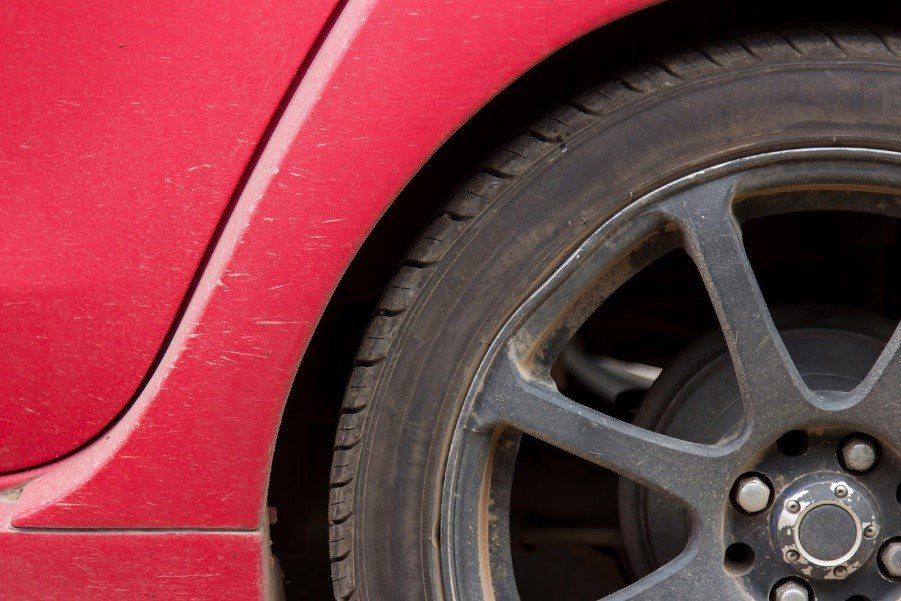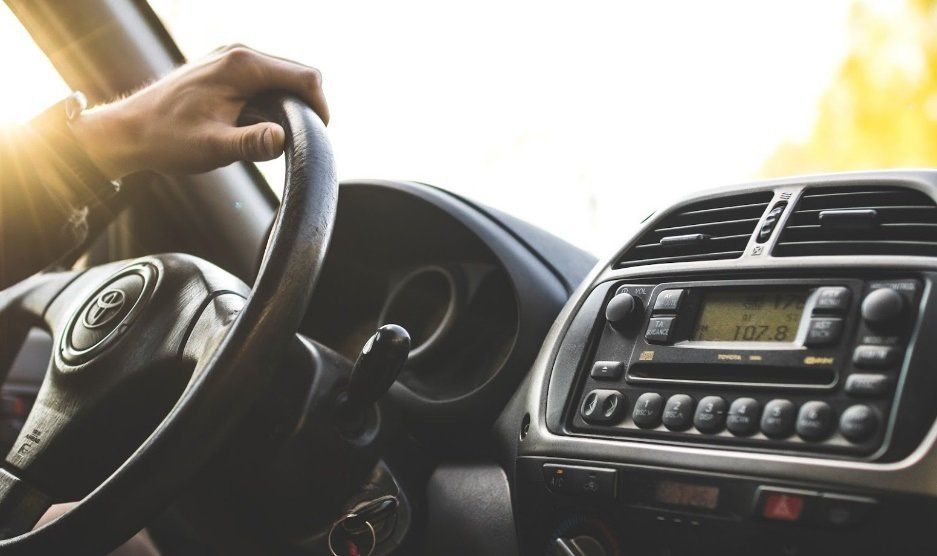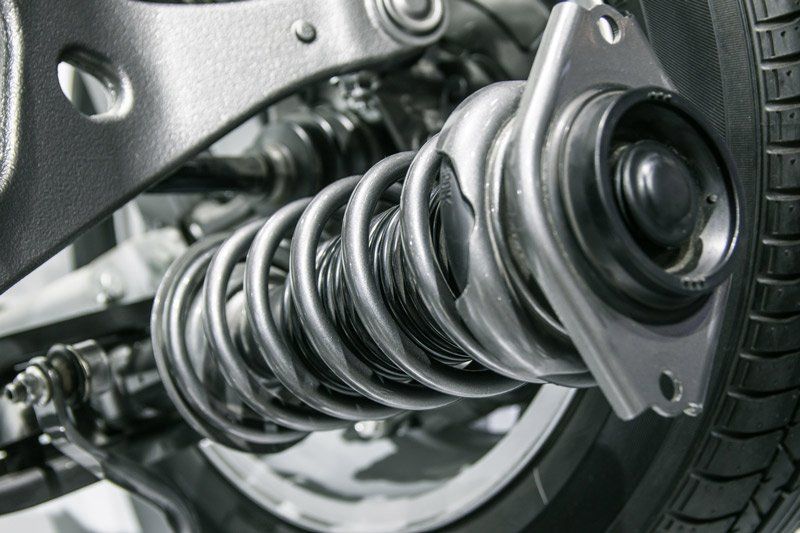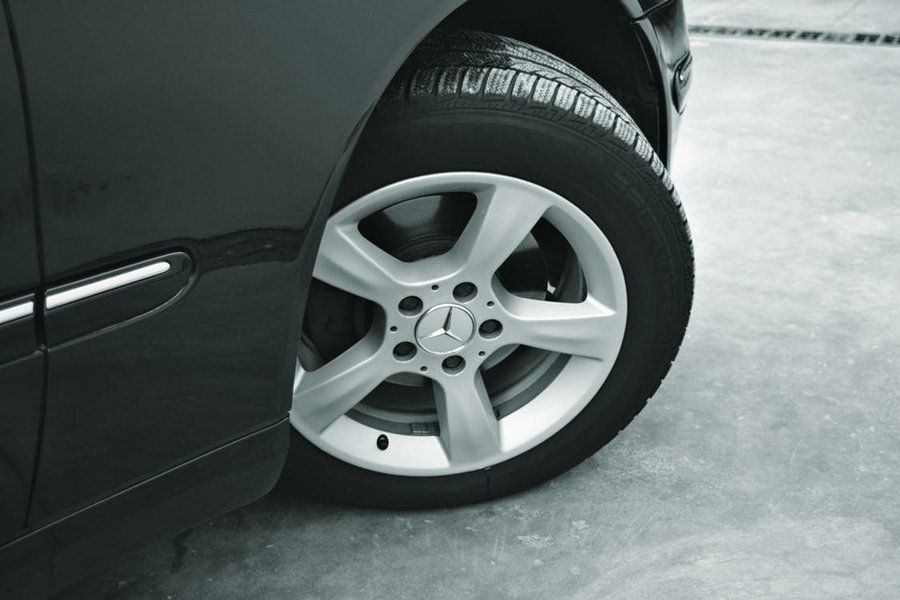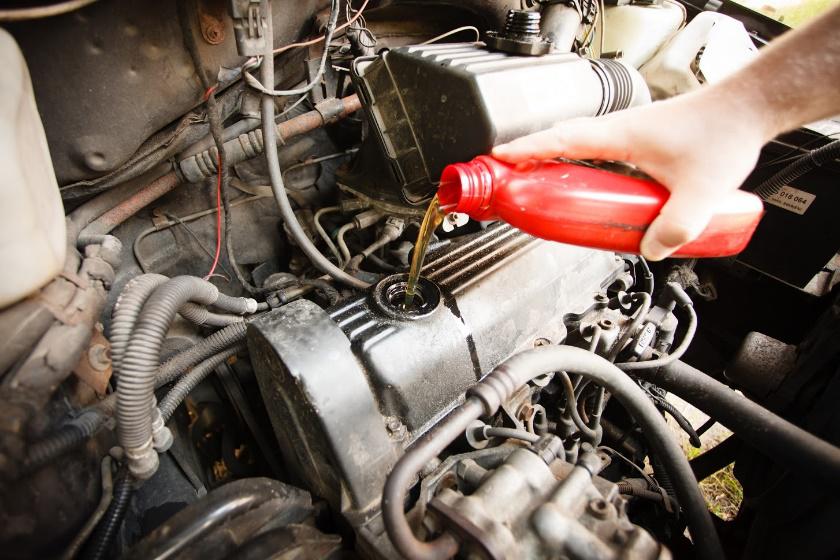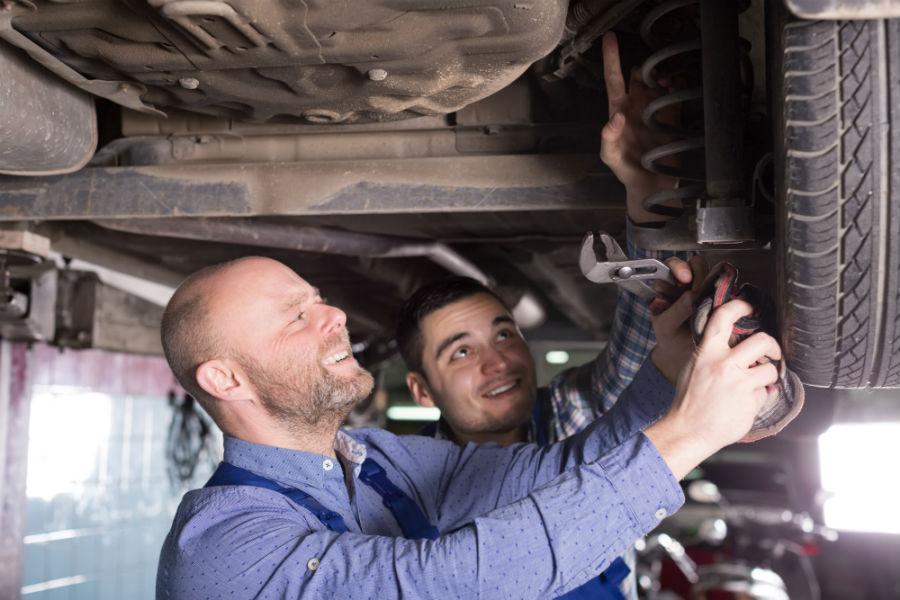4520 Hillsborough Rd, Durham NC 27705, USA
A Primer on Engine Mounts
- By Admin
- •
- 19 May, 2020
- •
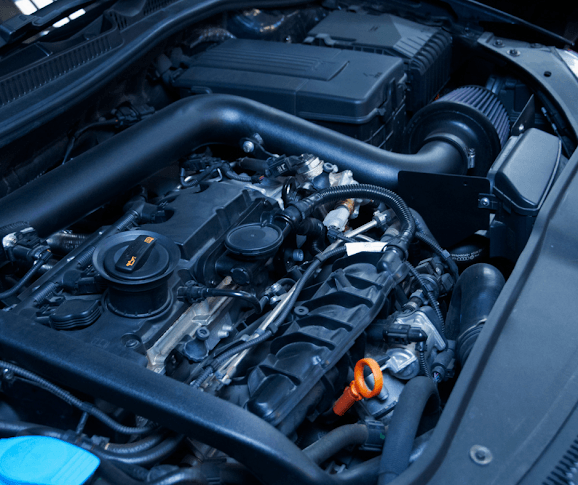
Most drivers know the basics: oil changes, brake pad replacements, coolant flushes, and other simple maintenance items. While these tasks are all essential to keeping your car in good working order, there are plenty of more complicated parts that can impact your car's longevity and drivability. Engine mounts may be less familiar to you, but they are nonetheless crucial components.
Learning the Basics
Your engine mounts have two primary responsibilities: to attach your motor to the vehicle chassis physically and to absorb the forces that motor produces. High-performance cars can produce incredible amounts of torque, twisting the motor in the engine bay whenever you place your foot on the gas. Without your mounts, your engine would turn itself right out of your car.
For street-driven vehicles, your motor mounts also provide isolation to improve your car's noise, vibration, and harshness characteristics. The construction of motor mounts will vary from vehicle to vehicle, but most consist of a metal housing with a fluid-filled or rubber inner mount. The soft portion of the mount absorbs your engine's forces while also allowing for some freedom of movement.
Although the mount's metal bracket is unlikely to fail, the flexible portion may wear out over time. The intense heating and cooling cycles found in your engine bay can cause the rubber to dry out and crack. Fluid-filled mounts may also leak, ultimately losing their ability to isolate your engine effectively. As these parts wear, they can begin to impact your vehicle's driving characteristics.
Recognizing the Signs of Failure
Motor mounts rarely fail catastrophically or without warning. Instead, your mounts will wear out as the miles accumulate, slowly losing their ability to isolate your engine from your vehicle's chassis. Because the symptoms can be subtle and gradually worsen over time, many drivers do not initially notice that anything is wrong.
When your motor mounts first begin to fail, you can expect to experience increased vibration and harshness in the cabin. Without proper isolation, vibrations will be transmitted directly into the chassis, so it may be challenging to localize the problem. In some cases, you may only notice additional harshness when under hard acceleration.
As the problem progresses, your engine will begin to move more freely in your engine bay. If your motor can move enough, you will be able to hear it making direct contact with the chassis. These noises will usually be most apparent when braking, accelerating, or making hard turns. Try to be aware of unusual clunks or bangs whenever your vehicle's weight shifts from side-to-side.
Understanding the Long-Term Consequences
Driving with a slightly worn mount generally does not pose any threat to your car, but you shouldn't ignore the problem for too long. The vibrations from the engine can potentially damage other components in your vehicle or even loosen interior trim, leading to rattles or squeaks. In rare cases, your motor may damage your chassis or other engine components as it bangs against them.
Handling issues are another potentially dangerous consequence of severely worn mounts. When your engine moves from side-to-side, the balance of your vehicle's weight will shift with it. This movement can result in unpredictable changes to your vehicle's handling, potentially creating a dangerous situation during sharp turns or emergency maneuvers.
Fixing the Problem
If you suspect that your vehicle has worn engine mounts, then the first step is to have a qualified mechanic examine your car to confirm the problem. Correcting the issue is a simple matter of replacing the mounts, but the complexity of this job can vary between vehicles. The cost of labor will vary depending on your make and model.
Euroclassics LTD can replace your worn motor mounts to restore your car's quiet ride and predictable handling. Give us a call when you're ready for a fix.






